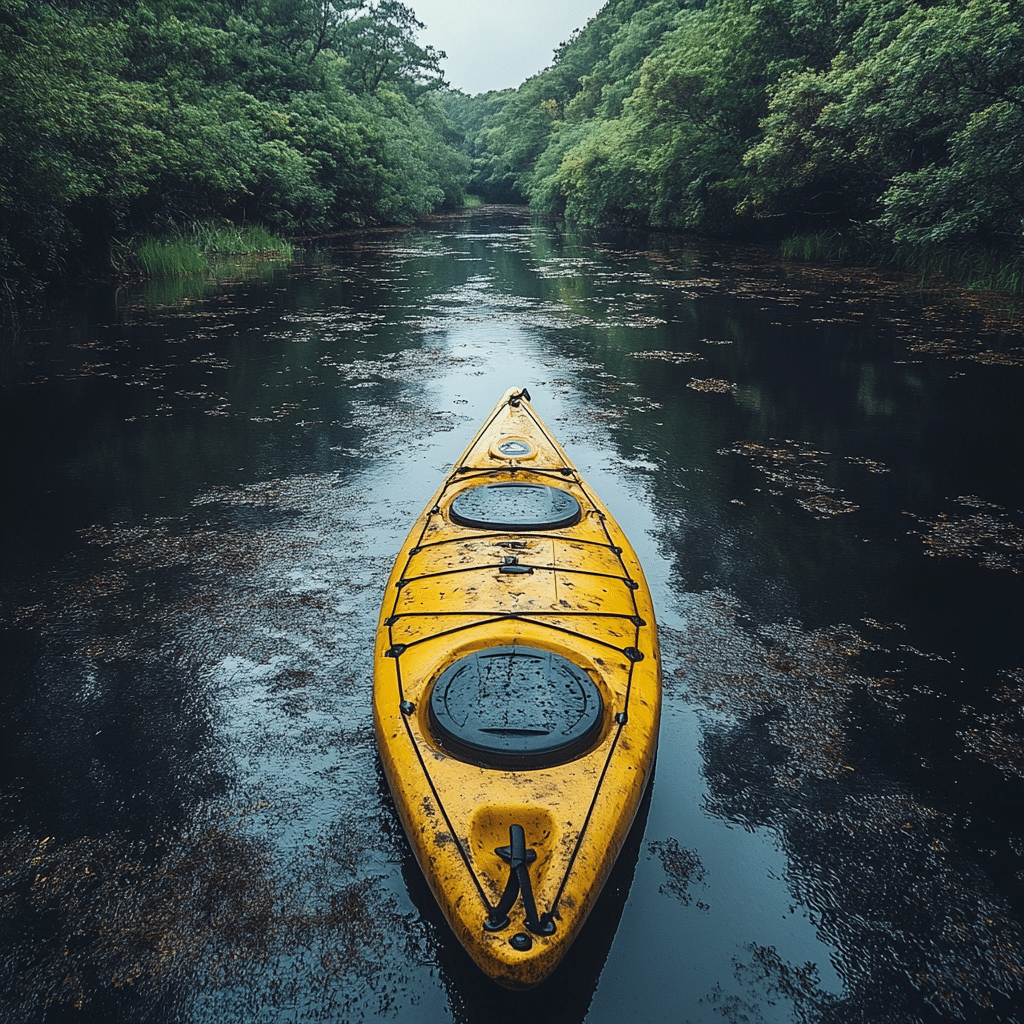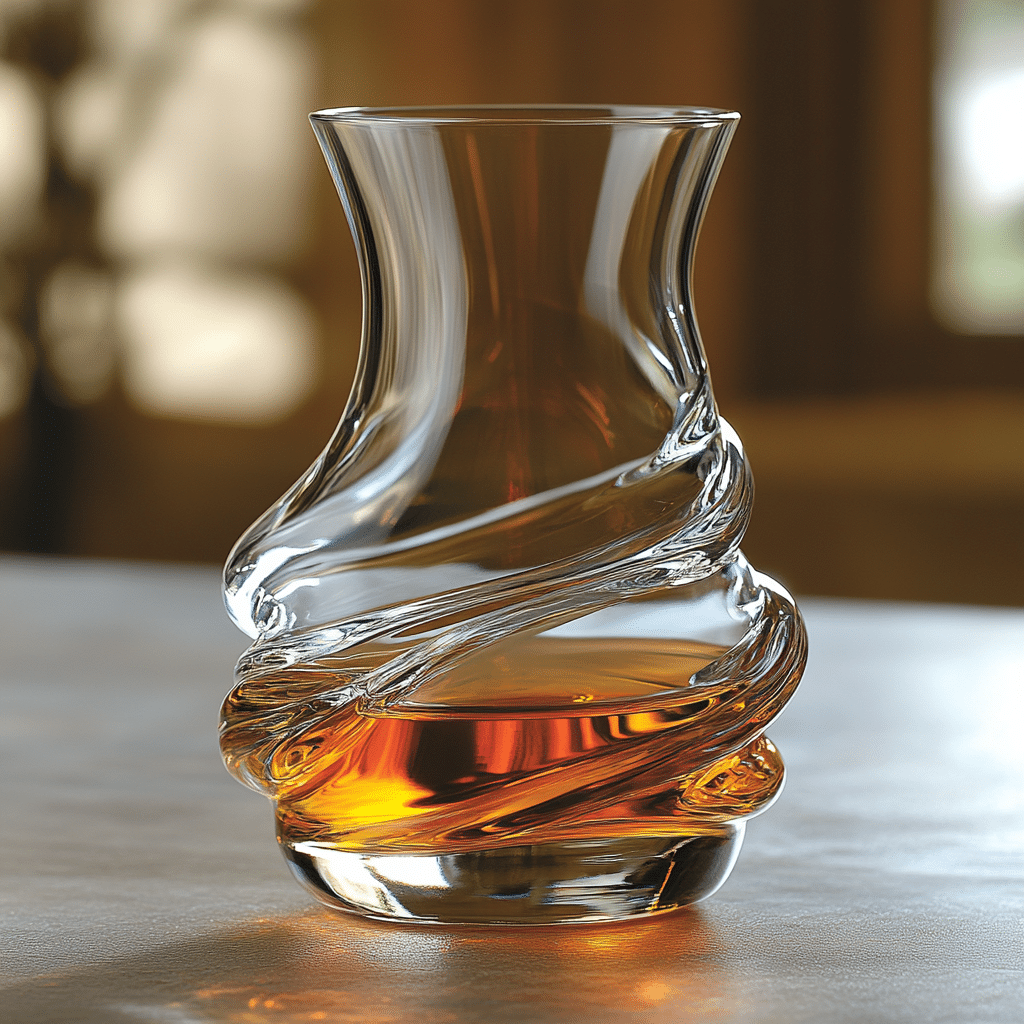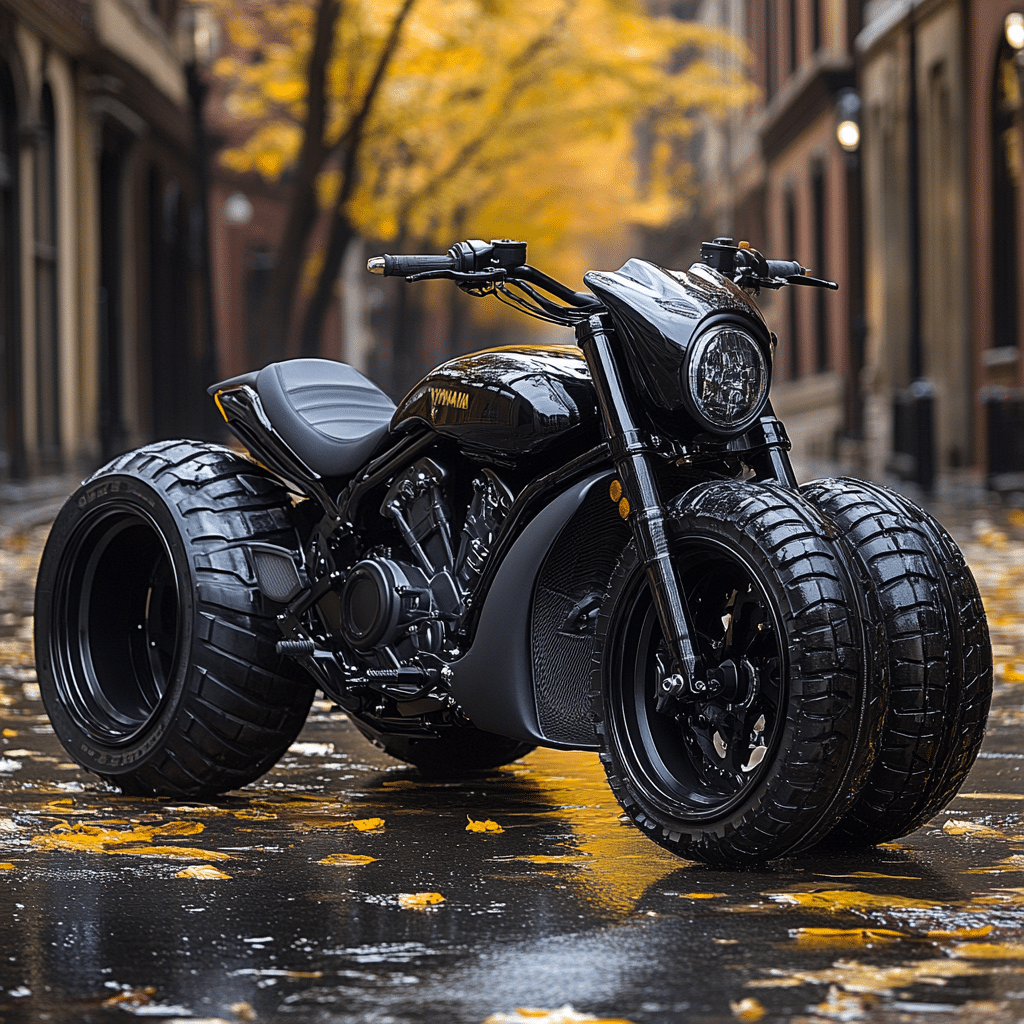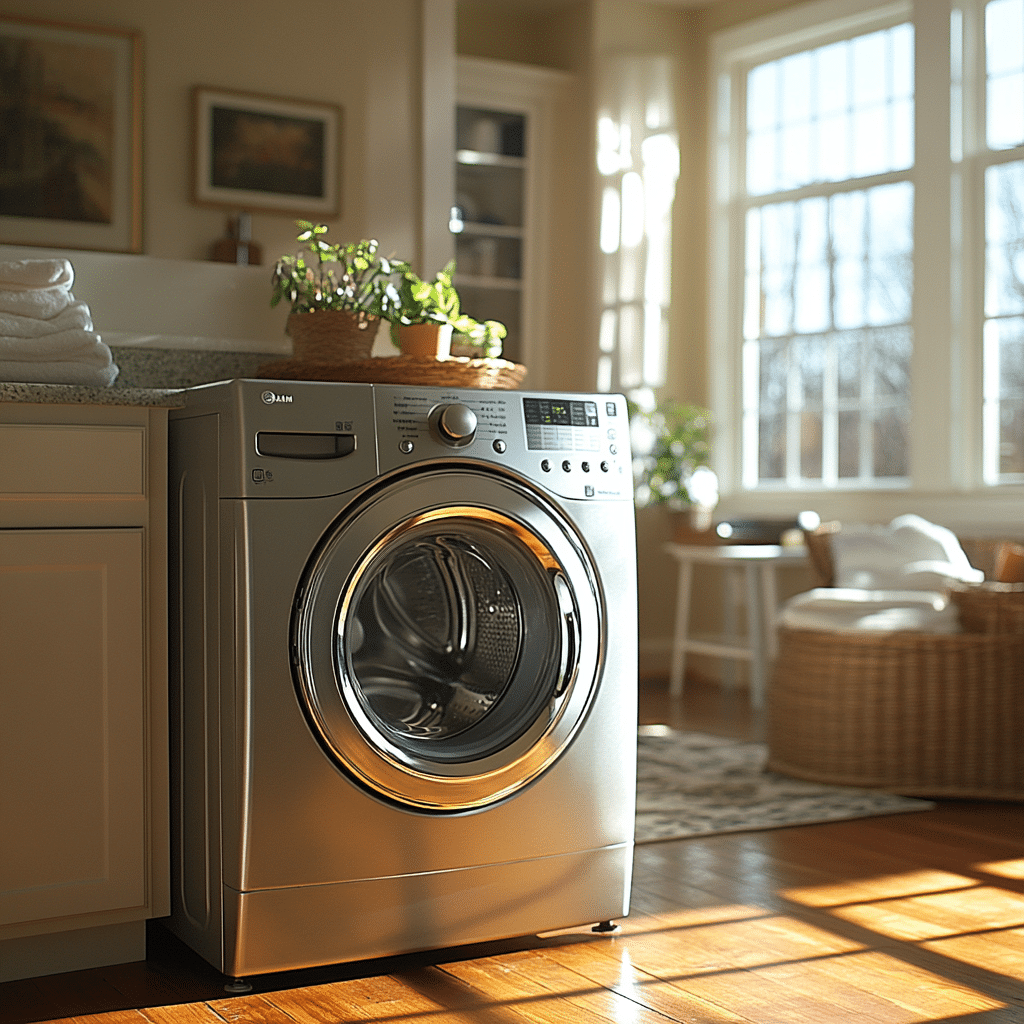Pedal kayaks have exploded in popularity recently among outdoor enthusiasts seeking a hands-free paddling experience. Powered by a pedal system akin to those in bicycles, these innovative vessels offer a fresh approach to exploring waterways. So, what’s the deal with pedal kayaks? Are they really as awesome as everyone claims? Let’s dive into their features and benefits, explore whether they live up to the hype, and see how they compare to other aquatic options.
Top 7 Reasons to Consider a Pedal Kayak Over Traditional Kayaks
One of the standout perks of a pedal kayak is hands-free navigation. This nifty feature lets adventurers fish, snap pics, or just soak in the scenery without the hassle of constant paddling. Brands like Hobie and Old Town Kayaks have tapped into this innovation, offering pedal systems that not only enhance user experience but also make the whole venture a lot more enjoyable. Imagine you’re casting your line and waiting for the big catch, all while the kayak glides smoothly along the water. It’s a game-changer.
Ever felt worn out after a long kayaking excursion? That’s where pedal kayaks shine. They provide an efficient way to propel yourself forward by engaging larger muscle groups—your legs! Models like the Old Town Sportsman PDL allow for easy adjustments to pedal resistance, making them suitable for a variety of triathlon distances. You can take on longer kayaking trips without feeling fatigued, which opens up new opportunities for exploration and adventure.
Pedal kayaks often offer a stable, wide hull design that adds to their versatility. Unlike traditional kayaks, which demand some balancing skills, pedal kayaks like the FeelFree Doragon provide added stability—a big advantage for fishing or even rigging up a sunfish sailboat for an entirely different type of adventure. Whether you’re navigating choppy waters or fishing in a tranquil lake, their reliability ensures greater enjoyment.
As more people lean towards sustainable outdoor activities, pedal kayaks stand out as eco-friendly alternatives to motorized boats. With human power propelling you through the water, you minimize your carbon footprint and immerse yourself in the serenity of nature. It’s a more mindful way to engage with the environment, enriching the overall outdoor experience.
Pedal kayaking doubles as an excellent cardio workout, targeting multiple muscle groups. For those inclined toward fitness, pedal kayaks offer a perfect blend of leisurely enjoyment and rigorous exercise. Fitness enthusiasts can add pedal kayaking to their repertoire, complementing other athletic pursuits, like triathlon training. After all, who wouldn’t want to break a sweat while soaking up some sun?
Modern pedal kayak designs consider the varied accessibility needs of users. Take the Hobie Mirage Outback, for instance; it comes equipped with adjustable seating and easy entry/exit points, welcoming individuals of different ages and abilities. This inclusivity expands the user base, encouraging everyone to get outdoors and enjoy nature—just like those viral French pole vaulter videos that inspire athleticism in somewhat unexpected arenas.
Sure, pedal kayaks often come with higher price tags than traditional models. However, one must weigh the upfront costs against long-term value. Models like the Ocean Kayak Malibu Pedal or NuCanoe Pursuit offer great lasting power and low maintenance needs. Plus, the sheer joy they provide, no matter the water conditions, often makes them a worthwhile investment.
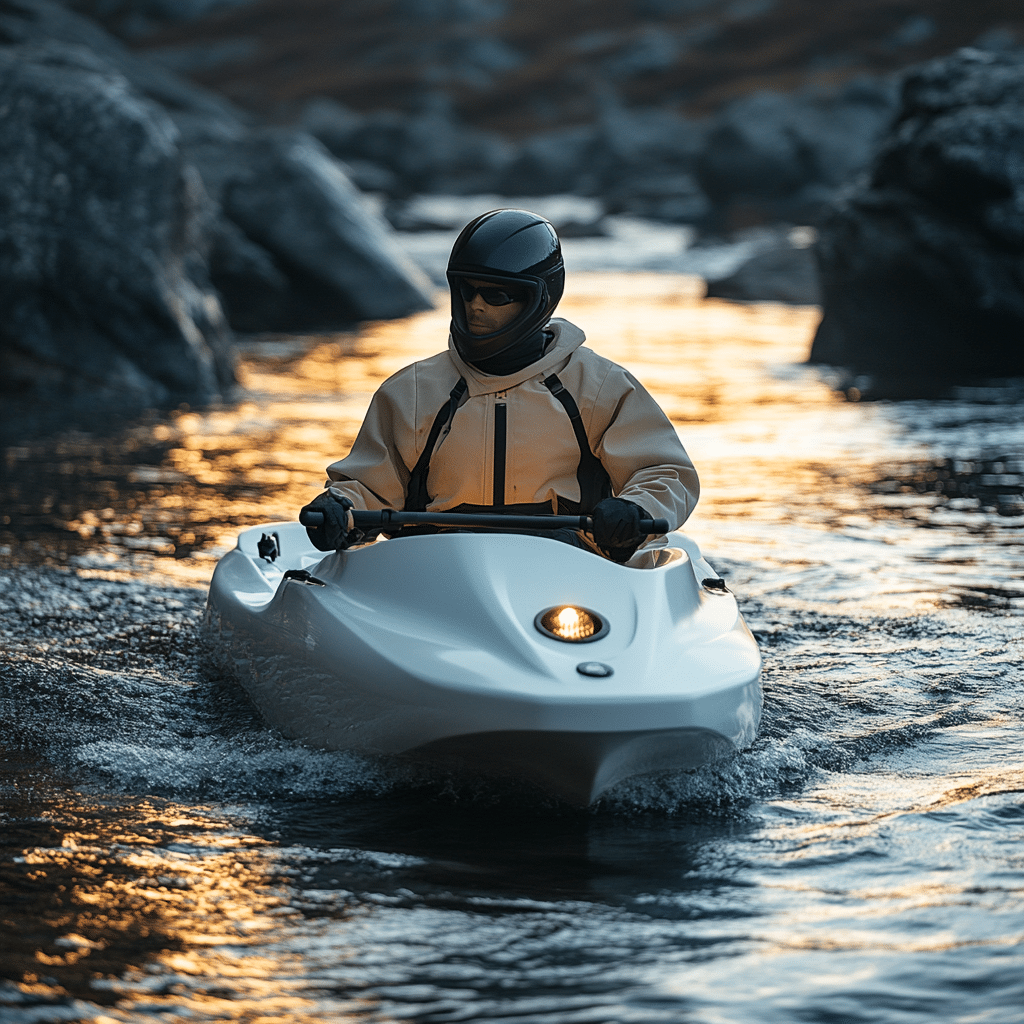
Comparative Analysis: Pedal Kayaks vs. Traditional Kayaks
Now, while pedal kayaks have a lot to brag about, it’s crucial to pit them against traditional kayaks to get the complete picture. Traditional kayaks usually come at lower price points and offer lighter options for transport. However, pedal kayaks allow quicker speeds and better stability—often essential for long-distance excursions or more rigorous conditions.
For seasoned kayakers who value performance, investing in a pedal kayak makes sense. Still, this choice is subjective; your intended use and personal preferences should guide you. Beginners might find the more accessible price points of traditional kayaks appealing, while seasoned paddlers could appreciate the advanced technology and features packed into pedal models when embarking on long adventures.
Raising the Bar: The Future of Pedal Kayaking
As outdoor recreation demands evolve, pedal kayaks are set to undergo notable advancements. Anticipate improvements in materials, design, and integrated technology—think GPS systems and fishing sonar, all seamlessly built into the kayak. Manufacturers will surely focus on refining the user experience, aiming to make pedal kayaking a central pillar of aquatic adventures in the future.
Pedal kayaks symbolize an exciting shift in how we engage with waterways. By fusing technology with thoughtful design, they elevate the kayaking experience beyond simple pastime, combining fitness, stability, and environmental awareness. Whether you’re a casual paddler or a serious competitor, pedal kayaks provide a versatile, fun option—one that expands the horizons of traditional kayaking.
So, if you’re ready for some fun on the water and want to see just how splendid the pedal kayak experience can be, it might just be time to make the leap. Get out there, and embrace the adventure that awaits!
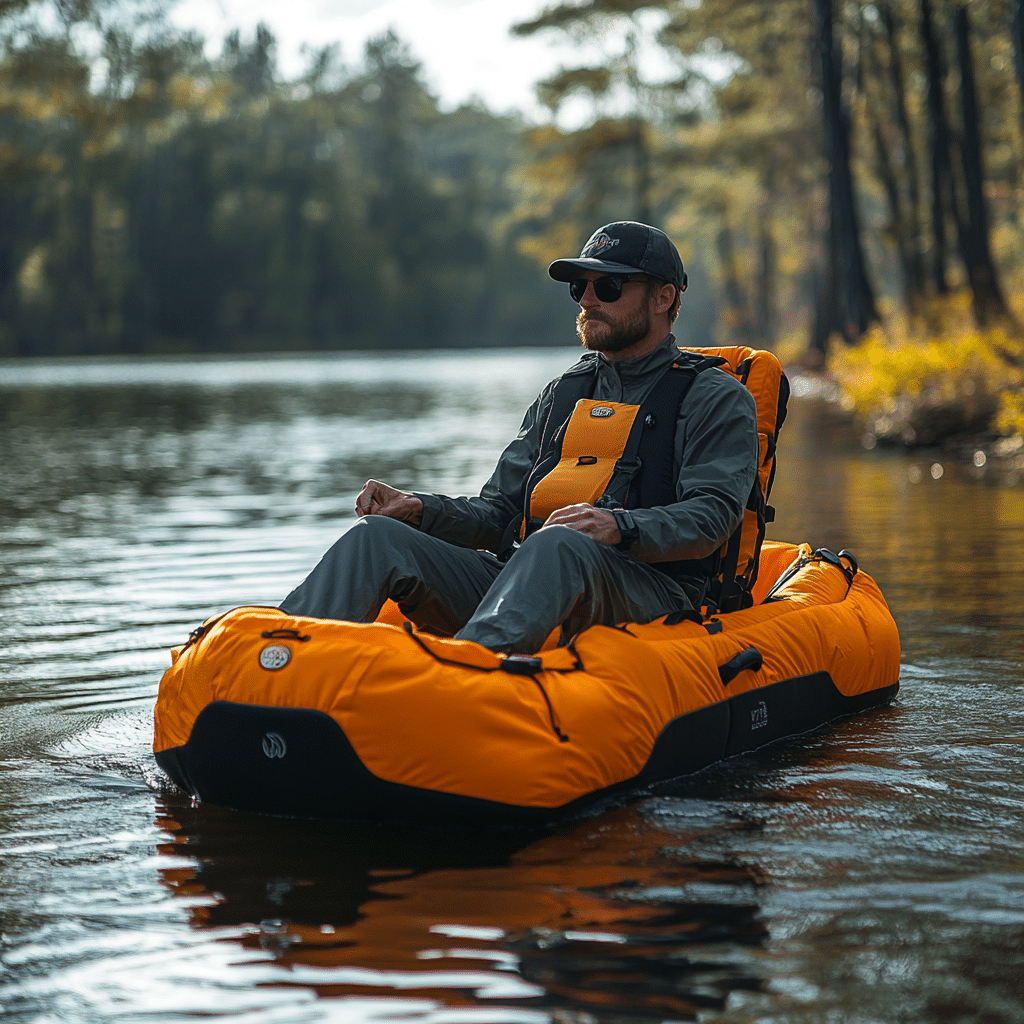
Pedal Kayak Adventures: Are They Worth It?
Fun Facts About Pedal Kayaks
Did you know that pedal kayaks offer a unique way to explore the water without exhausting your arms? This innovative design allows paddlers to power their craft using their legs, making it easier to maintain stamina during longer excursions. Speaking of maintaining your energy, can you imagine the excitement of a sport match like the Cleveland Browns vs. Seahawks, where every player’s energy and statistics matter just as much in the water as they do on the field?
The average pedal kayak can propel you over 3 to 4 miles per hour, which is handy for covering distances when you’re out enjoying nature. And if you’re into fun facts, consider this: the first kayaks were made by the Inuit using sealskins and driftwood—now compare that to the sleek designs we have today! Feeling inspired to stay hydrated while you paddle? A creative way is by using a whiskey glass, repurposed to hold your favorite drink of choice on your next adventure.
Pedal Kayak Vs. Traditional Paddling
One of the major perks of pedal kayaks is that they allow for a more relaxed sitting position, which can help folks who find traditional paddling tough on their shoulders. Take a moment to appreciate how designs have evolved; it’s not unlike the shift from house vs. condo, where personal preference plays a large role in choosing what’s right for you. Plus, the art of staying dry while cruising is a thrill—nobody wants to be caught in the rain looking like they’ve stepped out of a punk rock concert, fame akin to The Stooges members getting splashed!
Now, if you’re weighing the decision between a pedal kayak and a standard one, bear in mind the practicalities, much like analyzing the average interest rate on a house or simply making comparisons for any favorite pastime. Ultimately, investing in a pedal kayak means investing in less fatigue and more exploration opportunities, making every trip a new adventure. So, the next time you think of hitting the water, think of those pedal kayaks—your legs could do the work while your arms enjoy a restful ride!
